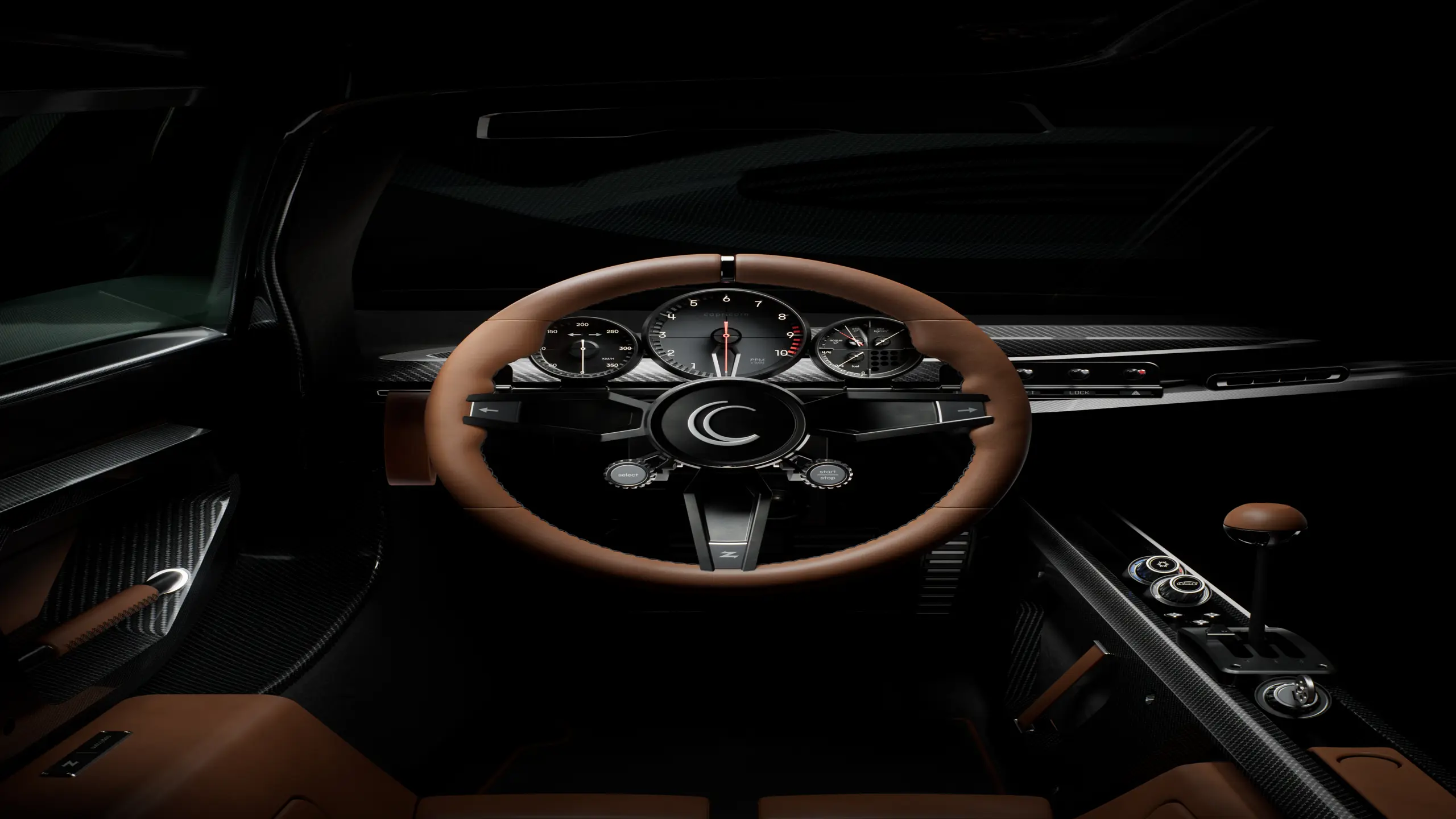A new force in the hypercar world
In an era dominated by hybrid systems and digital interfaces, Capricorn has taken a radically purist approach with its debut hypercar, the Capricorn 01 Zagato. The German engineering powerhouse, renowned for its lightweight technology in Formula 1 and endurance racing, has joined forces with the legendary Italian design house Zagato to create a machine that defies convention. This is not a hypercar built to chase numbers, it’s a car built to celebrate the art of driving. Limited to just 19 examples and priced at €2.95 million (pre-tax, ex-works), the 01 Zagato combines German precision with Italian emotion, a union between Capricorn founder Robertino Wild and Zagato president Andrea Michele Zagato, two men who share a deep friendship and a singular vision: to build the world’s most driver-focused analog hypercar. Handbuilt in Düsseldorf, production begins in 2026, marking the start of a new lineage of Capricorn-branded vehicles. Under its sculptural carbon fiber skin lies a mid-mounted, supercharged 5.2-liter V8, delivering over 900 PS and 1,000 Nm of torque to the rear wheels through a five-speed dogleg manual transmission. Weighing under 1,200 kg thanks to its LMP1-inspired carbon structure, the 01 Zagato promises blistering performance, 0–100 km/h in under three seconds and a top speed of 360 km/h, but more importantly, a level of engagement and purity long absent from modern supercars.

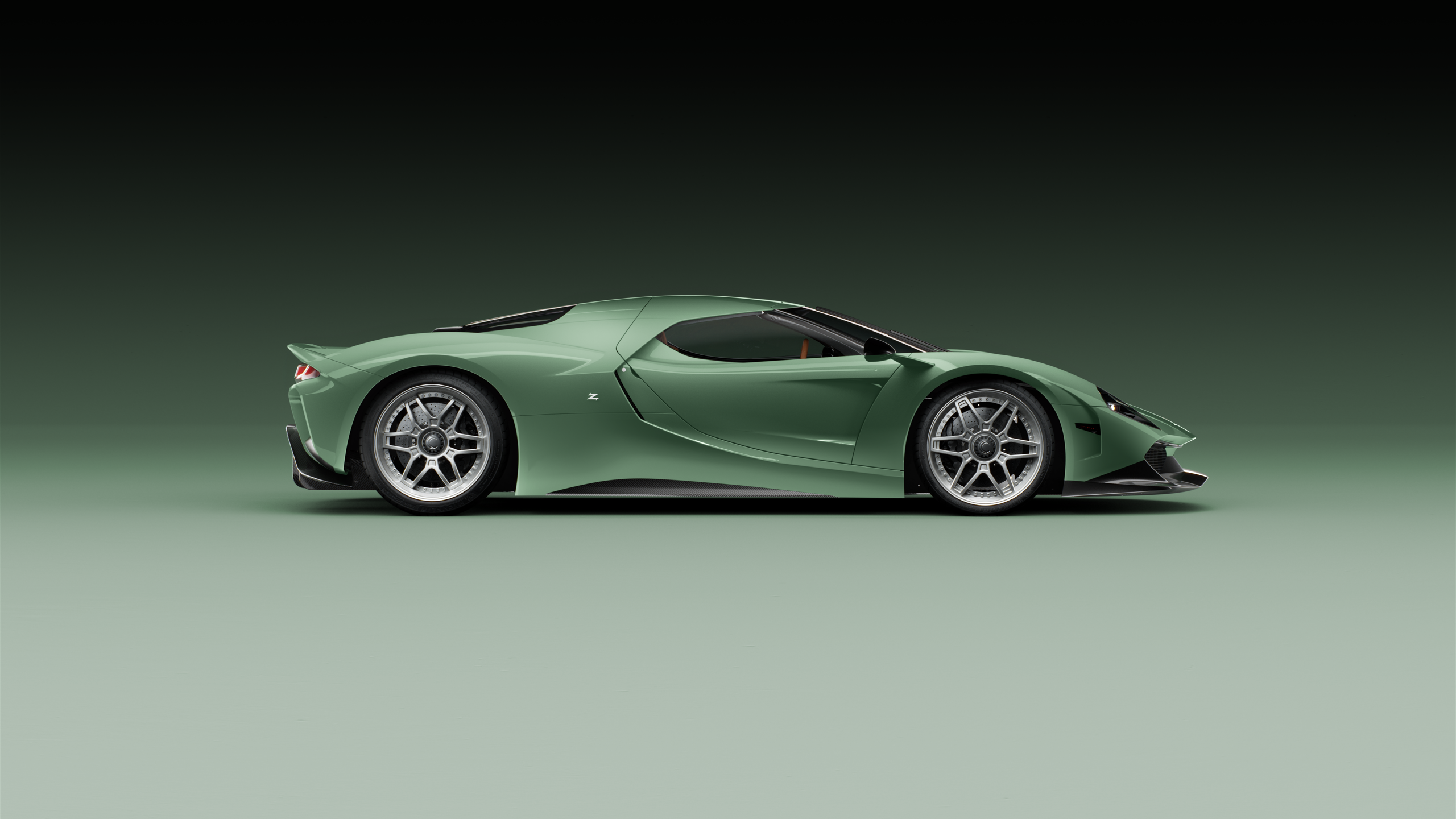
Engineering without compromise
Capricorn’s expertise in ultra-lightweight construction defines every inch of the 01 Zagato. Drawing upon decades of success in Formula 1, Le Mans, and WRC, the company applied its mastery of composites, machining, and forging to craft a carbon monocoque that forms both the structural core and the outer body panels. This race-bred architecture ensures extreme rigidity and safety while keeping mass astonishingly low. Suspension comes via a double wishbone pushrod system with Bilstein dampers and manually selectable Comfort, Sport, and Track modes. A bespoke electric power steering system provides minimal assistance at low speed but disconnects entirely at high velocity for a raw, mechanical connection between driver and road. Braking is handled by Brembo carbon-ceramic discs with six-piston calipers, ensuring fade-free performance during track sessions. To deliver its visceral punch, Capricorn developed an extensively re-engineered version of Ford’s proven V8, introducing its own supercharger, dry-sump lubrication, rotating assembly, cooling system, and ECU mapping. The result is a power unit that revs to 9,000 rpm while maintaining a perfectly balanced power-to-weight ratio. But more than its statistics, it’s the manual gearbox that defines the 01 Zagato’s spirit, a CIMA five-speed dogleg that channels the driver’s input directly to the rear wheels. Each shift is deliberate, mechanical, and deeply satisfying, a rebellion against the era of paddle shifters and automation. “The car sits at the cutting edge of technology,” says Wild, “yet it’s a return to the purity of driving. We didn’t chase exaggerated horsepower numbers, we chased balance, engagement, and joy.”
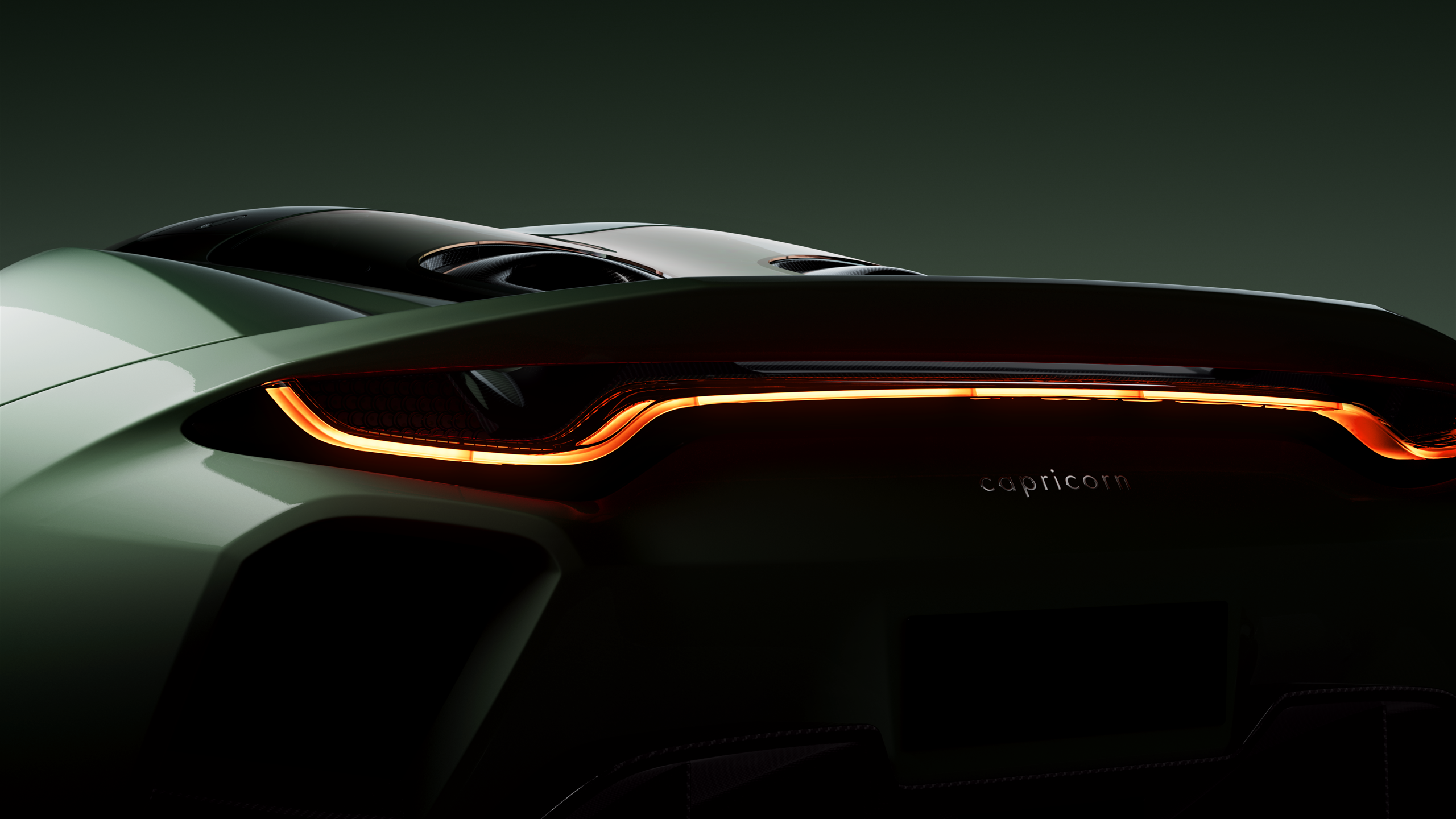
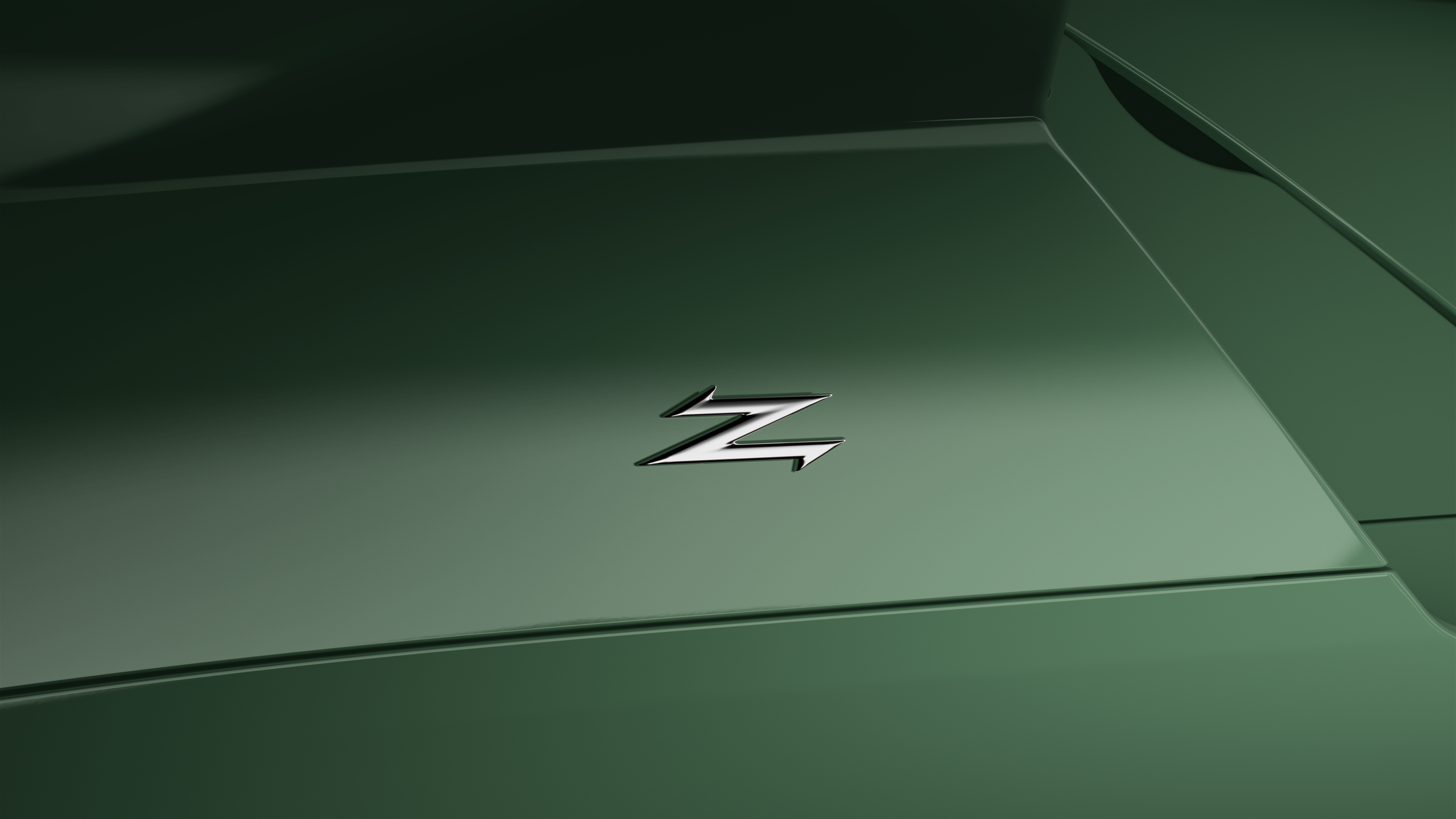
A sculptural statement by Zagato
While Capricorn brought engineering discipline, Zagato infused the 01 with unmistakable artistry. As the first hypercar ever to wear a Zagato-designed body, it carries immense historical significance. Designed under Norihiko Harada, the form is timeless yet avant-garde, sleek, muscular, and unmistakably Italian. Every surface was shaped not just for beauty but for aerodynamic purpose. Rather than relying on large wings or appendages, the 01 generates consistent, usable downforce through subtle underbody management and internal airflow channels. A hidden rear airfoil and integrated diffusers ensure stability without visual excess. The car’s signature detail, a dramatic air intake sculpted into the door’s trailing edge, exemplifies the synergy between function and form, seamlessly blending engineering necessity with aesthetic finesse. The gullwing doors add a theatrical flourish, while the decision to mount mirrors on the front fenders rather than replace them with cameras preserves the purity of the car’s timeless silhouette. “It looks like nothing else on the road,” Harada notes, “yet it could sit beside a 1930s Bugatti or a 1960s Aston Martin and feel right at home. It’s a car designed to look beautiful today, and in fifty years.”
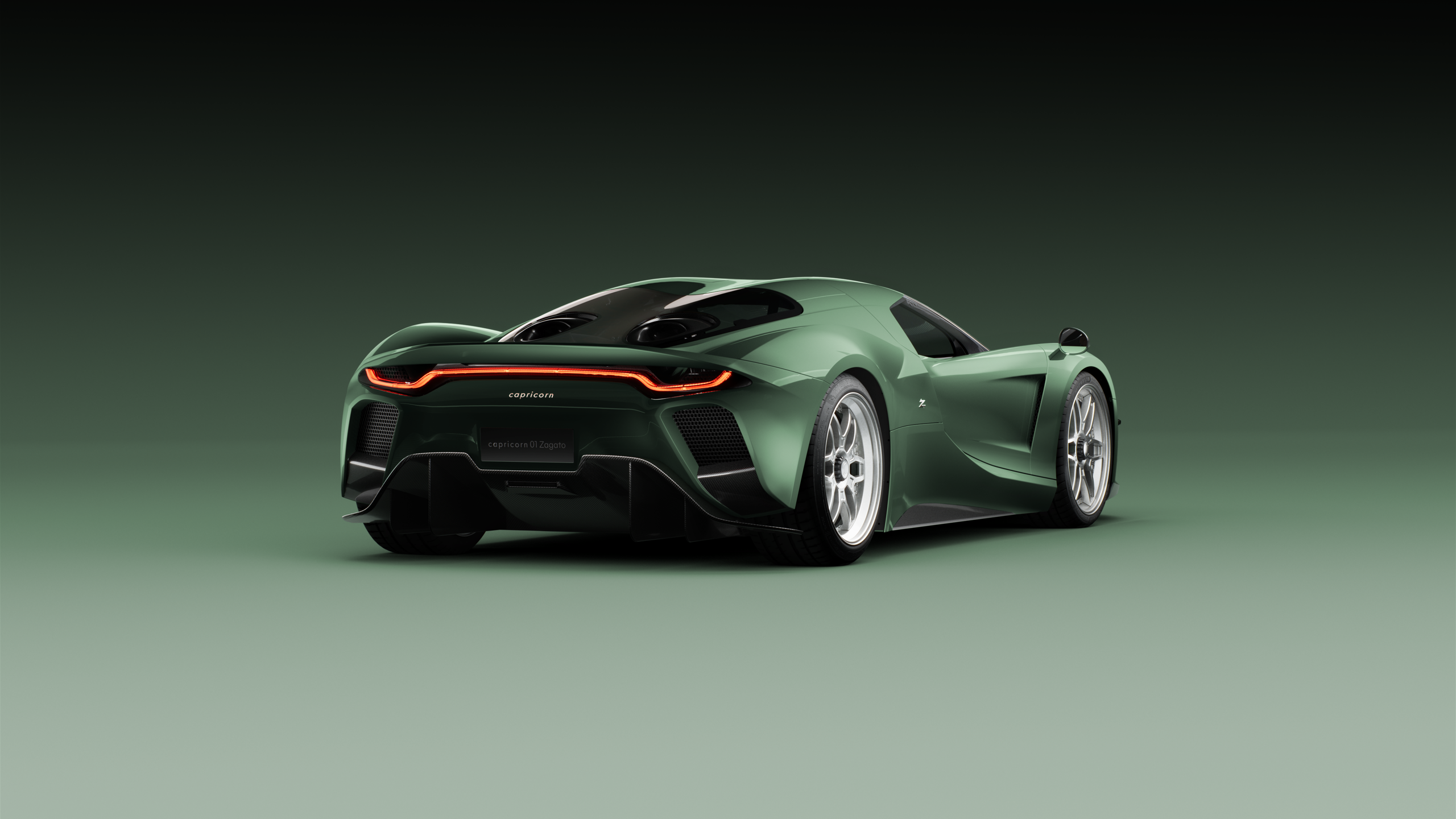
A purist’s interior, crafted for the driver
Inside, the Capricorn 01 Zagato rejects digital clutter in favor of tactile perfection. The cabin is almost entirely constructed from carbon fiber, with machined titanium and aluminum switchgear, Connolly leather, and Alcantaraused only where they elevate the driving experience. Every component, from the milled pedals to the precisely weighted gear lever, is engineered for purpose and longevity. The dashboard houses a three-dial analog instrument cluster: a central rev counter flanked by a speedometer and a gauge pod for vital fluids and pressures. Hidden within the central dial, a small digital screen discreetly serves as the reversing camera display, the only concession to modern convenience. Seats are integrated directly into the carbon safety cell, trimmed in Connolly leather, and paired with Schroth four-point harnesses. The manually adjustable steering column, pedal box, and even the gear lever, adjustable by 80 mm, ensure an ideal fit for any driver, including those well over six feet tall. A 110-liter front trunk, lift system, and clever usability touches make the 01 Zagato surprisingly practical for grand touring. Beyond the car’s technical brilliance lies its emotional resonance, the meeting point of German craftsmanship and Italian soul. As Wild puts it, “The Capricorn 01 Zagato is the beginning of something greater, a statement of what we believe a hypercar should be: lightweight, mechanical, and timeless.” With production limited to just 19 units, each tailored to its owner and built entirely by hand in Germany, the Capricorn 01 Zagato isn’t merely a hypercar, it’s the birth of a new era for analog performance.
